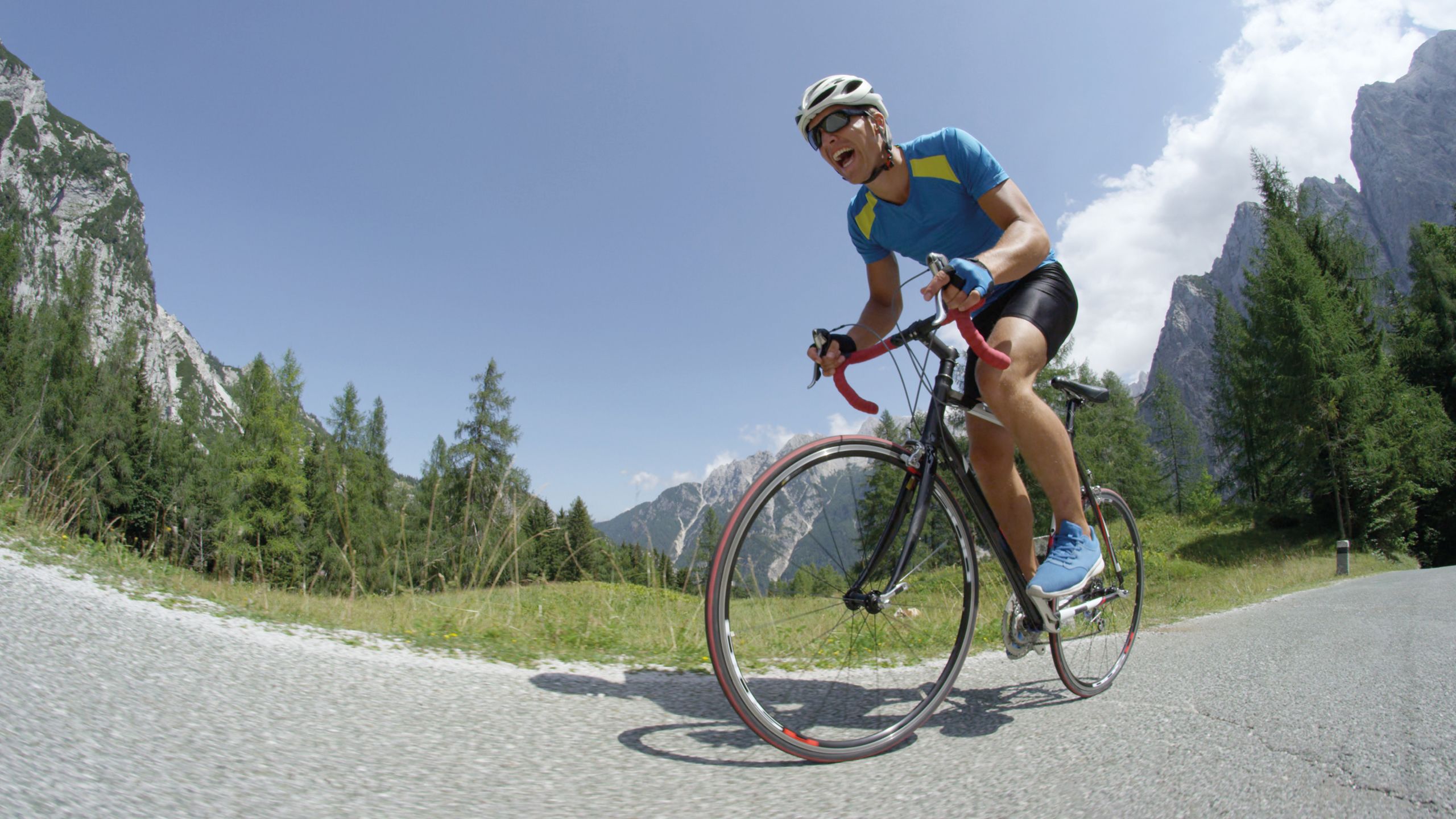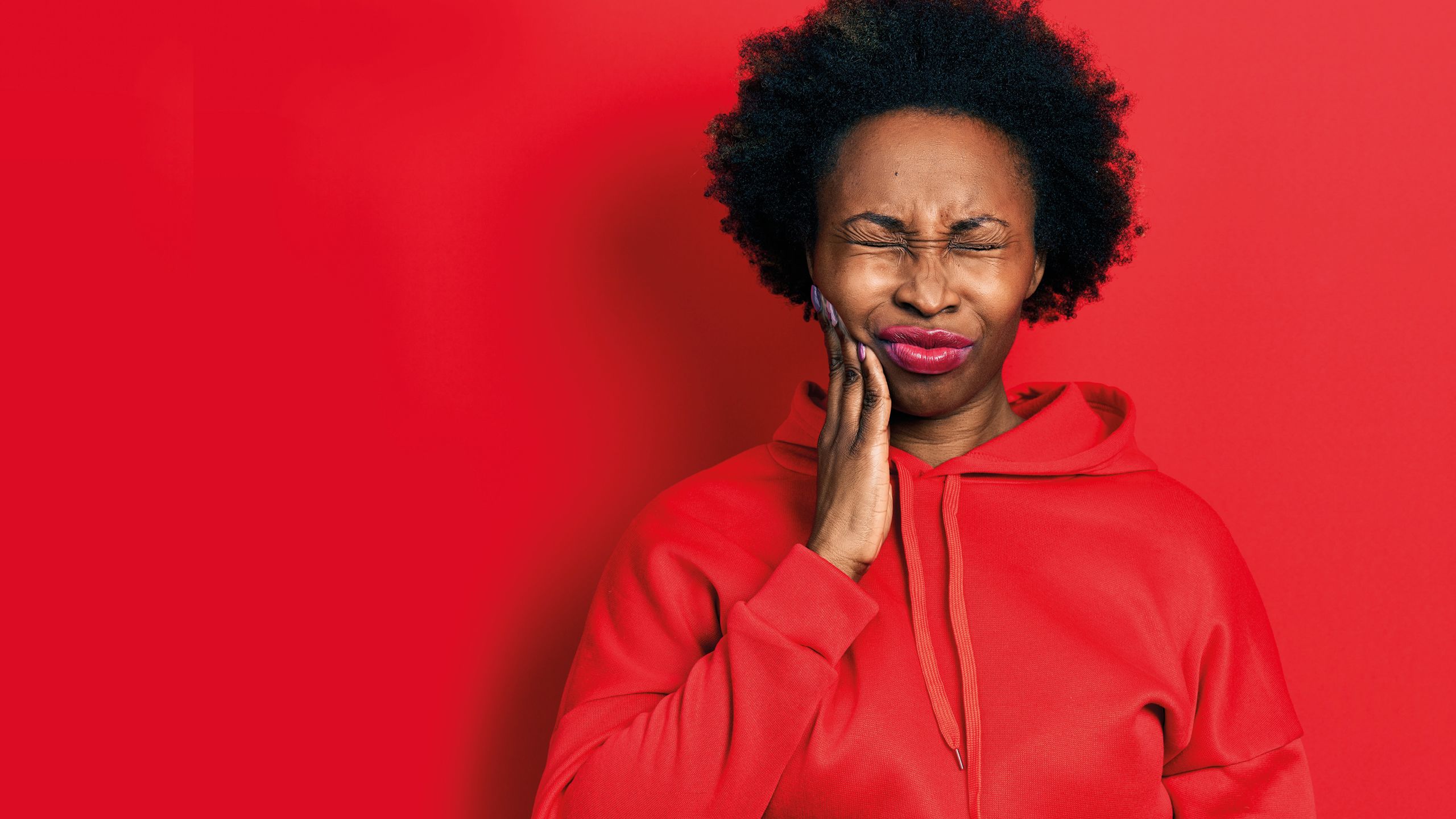Healthy Mouths, Healthy Bodies


Paul Ashley: University College London, Eastman Dental Institute, Centre for Oral Health and Performance
Paul Ashley: University College London, Eastman Dental Institute, Centre for Oral Health and Performance
Typically, the role of the dentist in sport has been to manage trauma, either through pitch-side assistance or through the provision of mouthguards. This role is still critical, but increasingly we are starting to understand the broader impact that poor oral health has on athletes, and how poor the oral health of athletes can be.
Research from the London 2012 Olympics, followed by studies with professional footballers and Olympic athletes in the UK, confirmed that elite athletes have poor oral health1. Elite athletes present with a range of oral diseases; active dental caries is seen in approximately 45% of athletes and dental erosion in about half. Periodontal diseases are common, with mild disease seen in about 75% of athletes and severe disease in 25% of athletes.
What is the impact of this poor oral health? Most team physicians will have anecdotal stories about athletes who cannot compete because of a dental emergency. The actual impact of poor oral health on performance is likely to be more subtle and pervasive. Quantifying the effect is difficult; perhaps the most important measure is what athletes think themselves. In a study of Olympic athletes, self-reported negative impacts of oral health on training or performance were found in about 20% of those sampled. These impacts included pain, tooth sensitivity and negative effects on psychosocial measures, such as sleeping, relaxing and wellbeing1.
This greater understanding of the relationship between oral health and performance provides opportunities for the dental team and the oral research community. The focus for the sports dentist needs to widen from just managing orofacial trauma to also supporting the oral health of the team.
The sports dentistry community has long had a role in maintaining athlete oral health. However, more often than not this can be dealing with problems after they occur. Sports dentists need to become more integrated into the athlete ecosystem in the same way that physiotherapists, dietitians and other relevant professionals are.
Oral health screening should be included in athlete pre-season preparation. This will allow dentists and other members of the dental team to provide sport-specific oral health advice. This will also support athletes in taking ownership of their oral health.
"Sports dentists need to become more integrated into the athlete ecosystem"
A UK-wide network of dentists and other oral health professionals with an interest in sport is probably needed to drive this forward. This shift to a greater involvement of the dental team will also need a change in the attitudes of the athlete support network with a recognition that dentists and other members of the oral healthcare team have as important a role in athlete health as the medical team. In our experience, some teams and sports are waking up to this fact. But not all.
Research opportunities
There are also exciting opportunities here for research – insights gained from the athlete community are potentially translatable to the wider population. Elite athletes in training are measured constantly, with every aspect of their life monitored and quantified to support honing them to peak performance. This monitoring enables unique investigations into the interplay of oral disease with general body health and has the potential to allow us to start to unpick the mechanisms that drive this relationship between oral health and performance.
Some of the interactions may seem obvious – athletes with oral pain or discomfort are unlikely to be able to deliver their best performance on the day of competition. However, the interactions may be more subtle and yet more profound. We already know the impact that periodontal disease and the associated inflammation can have on other body systems, such as cardiac health. There may be other interactions in athletes that we have yet to discover. In a study on German athletes2, potential associations between signs of periodontal inflammation and body composition, blood parameters and performance were seen. Athletes with poorer periodontal health did not perform as well as athletes with better gum health.
‘Putting the mouth back into the body’ is a phrase we now hear and use more commonly. This is particularly significant for athletes who need peak physical health to deliver optimum performance. Oral health professionals working with athletes and their teams have the potential to make performance improvements. Sir David Brailsford, the former British Cycling chief, proposed the marginal gains theory to improve athlete performance. This theory posits that we only need to make 1% improvements, which then aggregate to make measurable impacts. Oral health can be part of those marginal gains. As Sir David says: “The easiest marginal gain is a smile.” Who better to provide that than a dentist?
Returning to play
There are currently no guidelines on return to play following maxillofacial trauma. Traditional studies recommend avoiding sports for a minimum of six weeks and up to 12 weeks for contact sports. However, there is wide variation in the opinions of oral and maxillofacial surgeons in the UK, with advice given ranging from 0 to 13 weeks post-injury.
A few recent studies advocate an early return to sport for professional athletes, with variable conclusions. A stepwise protocol was proposed in a prospective study by Fowell et al, progressing from moderate aerobic activity at day three following injury to full return to sport at day 21, with no complications seen within a small sample size.
In 2018 the British Association of Oral and Maxillofacial Surgery recommended that the return time to sports be categorised by fracture site: three weeks for zygomatic fractures, one week if following ORIF; three weeks for isolated repaired orbital-floor fractures; and one to two weeks for an isolated mandible fracture following ORIF. For nasal fractures, patients could return to sport following sufficient pain control.
The general consensus is that advice given regarding returning to sport should take into account multiple factors, such as the anatomical location and severity of injury, the surgical management plan, the risk of further facial impact during play, patient risk factors and the surgeon’s own experience.
Words: XiXi Zhu

|
References 1. Gallagher J, Ashley P, Petrie A, Needleman I. Oral health and performance impacts in elite and professional athletes. Community Dent Oral Epidemiol 2018; 46(6): 563-568. 2. Merle CL, Richter L, Challakh N, Haak R, Schmalz G, Needleman I, Rüdrich P, Wolfarth B, Ziebolz D, Wüstenfeld J. Associations of blood and performance parameters with signs of periodontal inflammation in young elite athletes – an explorative study. J Clin Med 2022; 11(17): 5161. Find a full list of references here. |
